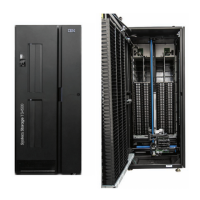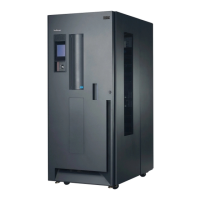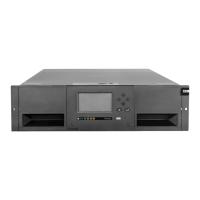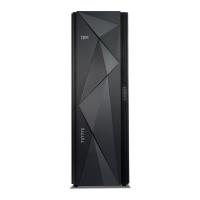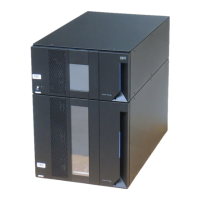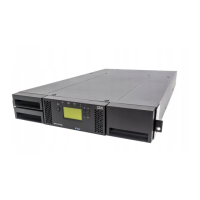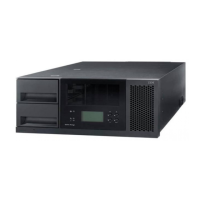Glossary
This glossary defines the special terms,
abbreviations, and acronyms that are used in this
publication. If you do not find the term that you
are looking for, refer to the index or to the
Dictionary of Computing, 1994.
Numbers
2:1 compression
The relationship between the quantity of
data that can be stored with compression
as compared to the quantity of data that
can be stored without compression. In 2:1
compression, twice as much data can be
stored with compression as can be stored
without compression.
A
A Ampere.
ac Alternating current.
access method
A technique for moving data between
main storage and input or output devices.
adapter card
A circuit board that adds function to a
computer.
adj Adjustment.
AIX Advanced Interactive Executive. IBM's
implementation of the UNIX operating
system. The RS/6000 system, among
others, uses AIX as its operating system.
alphanumeric
Pertaining to a character set that contains
letters, numerals, and other characters,
such as punctuation marks.
alter To change.
ambient temperature
The temperature of air or other media in
a designated area, particularly the area
that surrounds equipment.
ampere (A)
A unit of measure for electric current that
is equivalent to a flow of one coulomb
per second, or to the current produced by
one volt applied across a resistance of one
ohm.
ANSI American National Standards Institute.
archive
To collect and store files in a designated
place.
ASCII American National Standard Code for
Information Interchange. A 7 bit coded
character set (8 bits including parity
check) that consists of control characters
and graphic characters.
assigning a device
The establishing of the relationship of a
device to a running task, process, job, or
program.
assignment
The naming of a specific device to
complete a function.
asynchronous
Pertaining to two or more processes that
do not depend upon the occurrence of
specific events such as common timing
signals.
attention (notice)
A word for calling attention to the
possibility of danger to a program, device,
or system, or to data. Contrast with
caution and danger.
ATTN Attention.
B
backup
To make extra copies of documents or
software for safekeeping.
bar code
A code that represents characters by sets
of parallel bars of varying thickness and
separation that are read optically by
transverse scanning.
bar code label
Paper bearing a bar code and having an
adhesive backing. The bar code label
must be affixed to a tape cartridge to
enable the library to identify the cartridge
and its volume serial number.
bar code reader
A laser device that is specialized for
scanning and reading bar codes and
© Copyright IBM Corp. 2017 105
